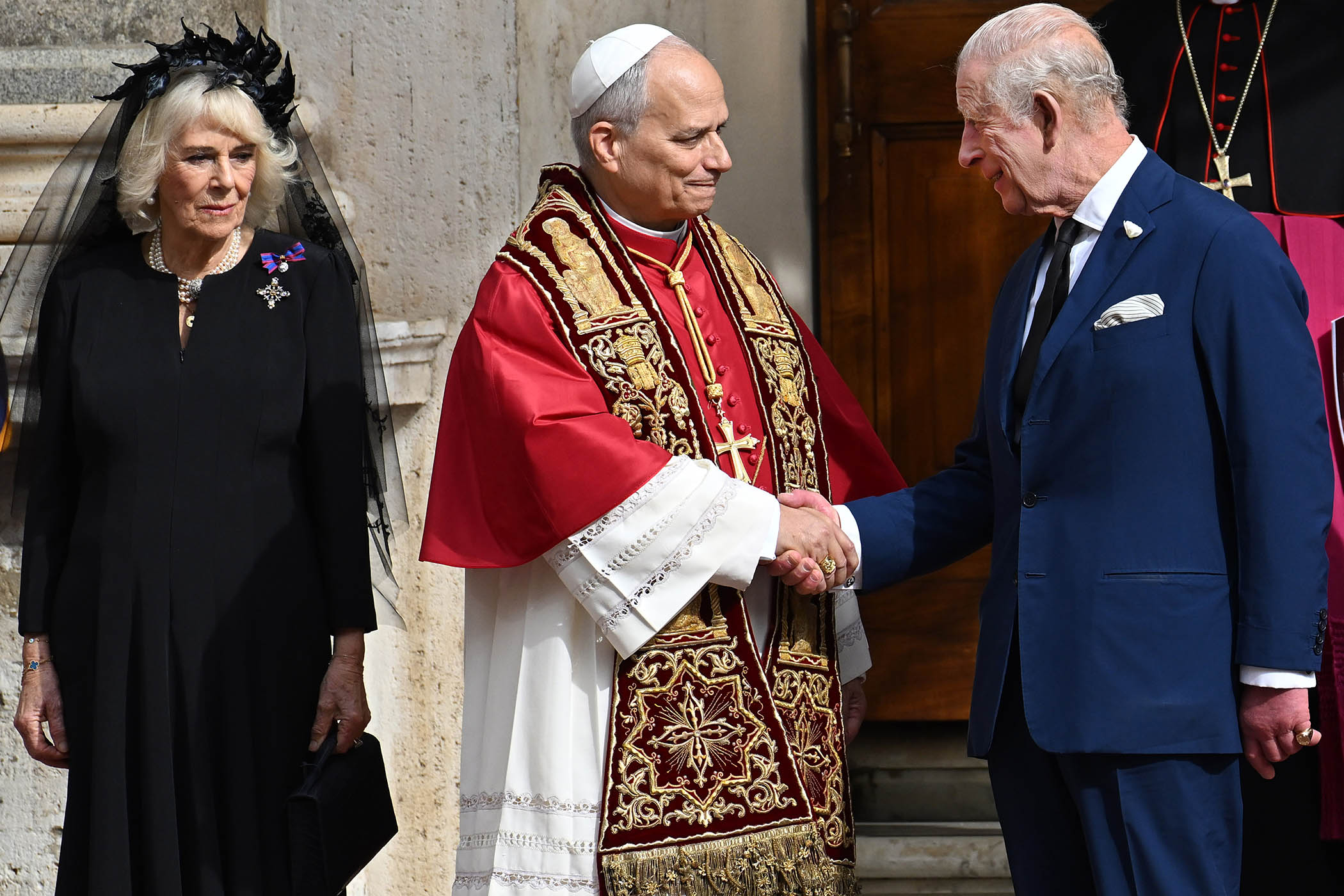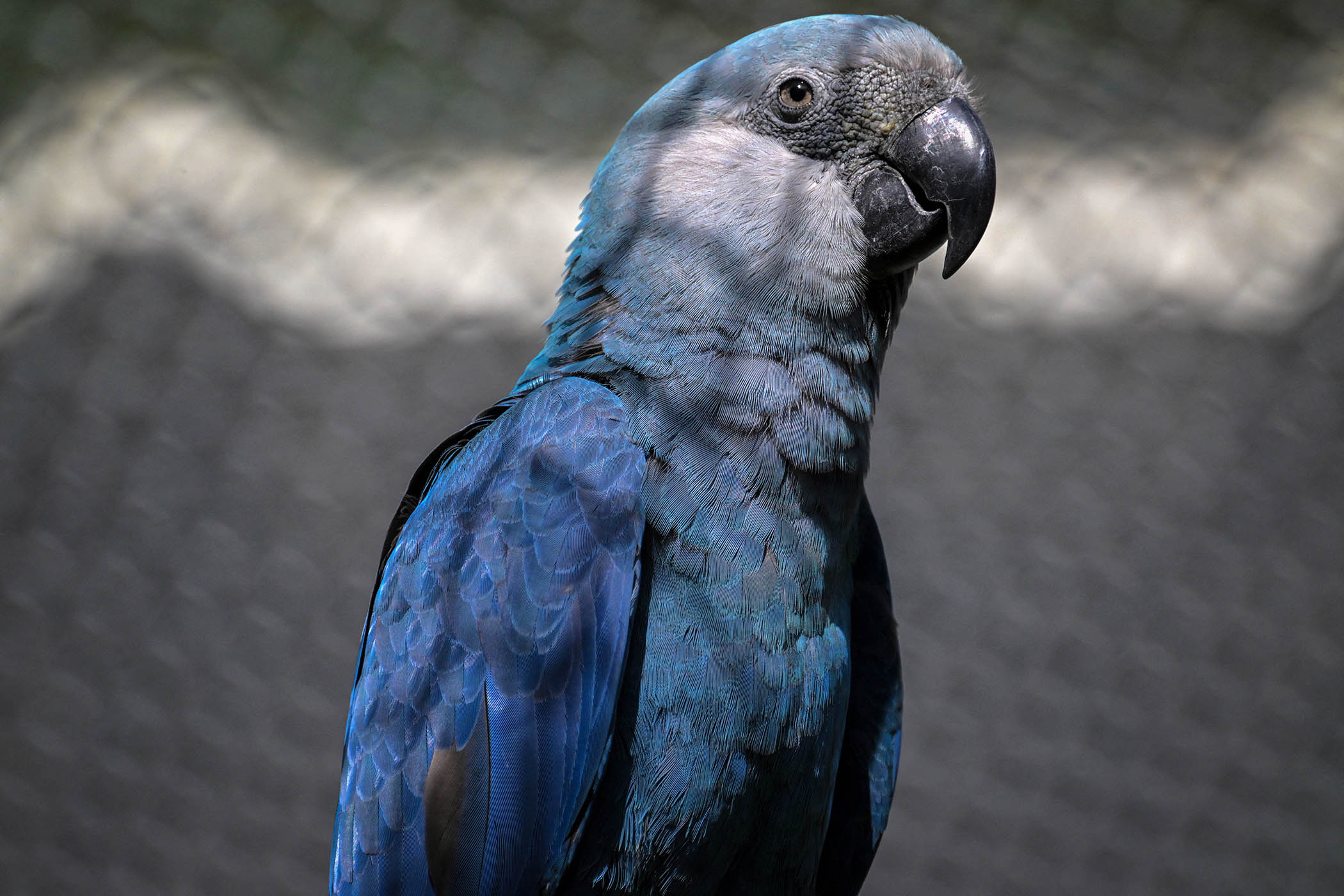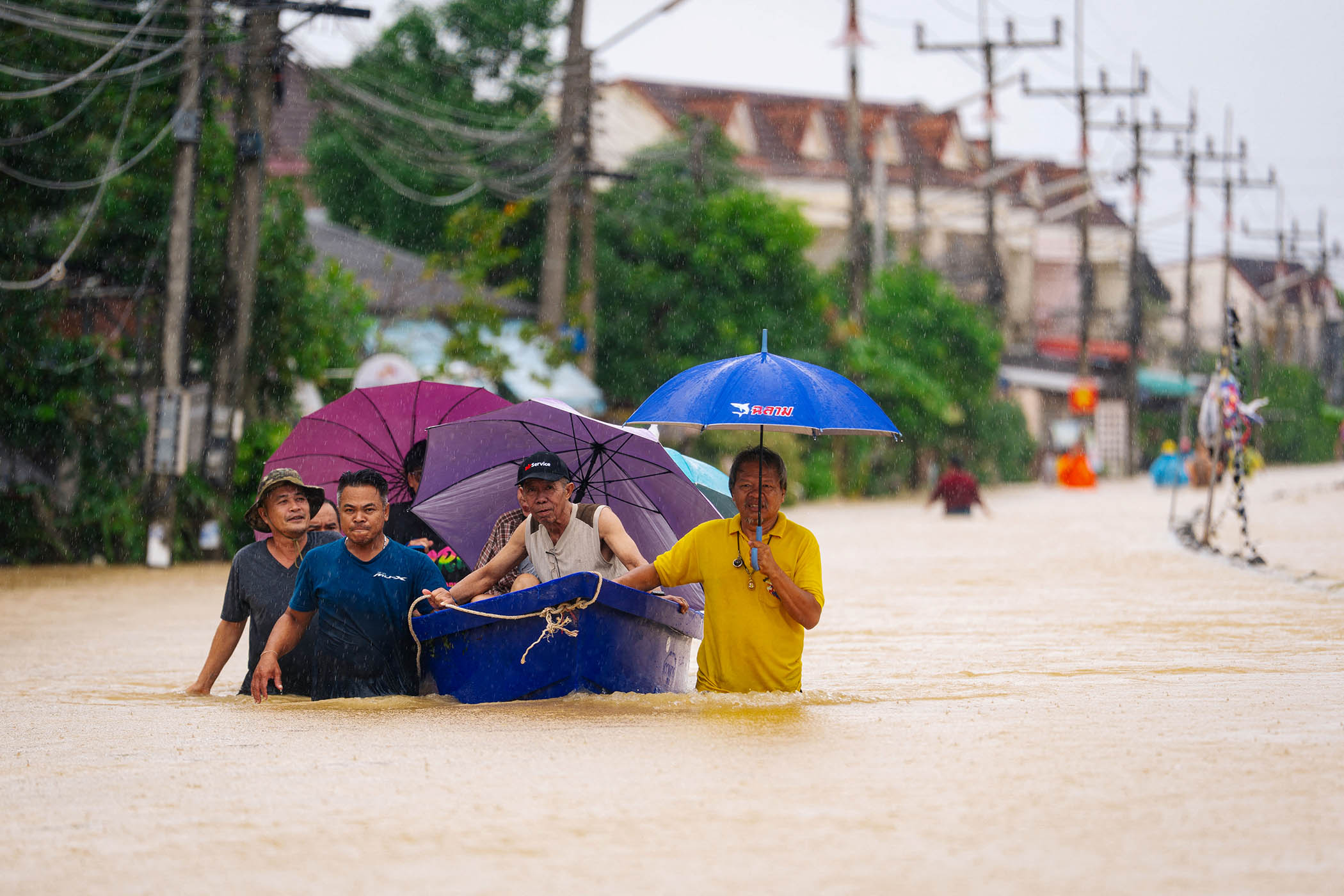King Charles and Pope Leo XIV have prayed together. It has been a long time coming. The last English ruler who might have prayed alongside a pope (and there is no way of knowing if he actually did) was Danish invader King Cnut in 1027, and before him King Aethelwulf, who went on pilgrimage to Rome in 855 with his son – later Alfred the Great.
But does this ceremony matter? Many will feel that with all the terrible events going on in the world, such a story hardly deserves the coverage it is receiving. Charles has met popes before, including Pope Francis just a few months ago, while his mother met numerous popes during her reign. Now they’re praying together. So what?
The event clearly means a great deal to Charles, who brought not only Queen Camilla, but also the archbishop of York, Stephen Cottrell, and the foreign secretary, Yvette Cooper, both of whom took part in the service. Prayer is very different from a formal meeting, suggesting emotion and common thinking. So we have at least one reason to pay attention. This event seems like an attempt at a huge rapprochement.
Why now? The cynical may see this event as a useful distraction from the Prince Andrew scandal, though sources in Rome consider this extremely unlikely. It appears Charles hoped to hold an event of this kind in April when he visited Francis, whose ill-health made it impossible.
He will have been open to such an event for a long time. Though his mother was also concerned to improve relations between Anglicanism and the Vatican, she was more of a traditionalist than Charles, who, at his coronation, had a Catholic archbishop present – a first for more than four centuries – and is well known for enthusiasm for interfaith cooperation. Attitudes in the Vatican have been changing, too. Francis often spoke of improving relations between religions, and Leo did so at his coronation.
Related articles:
What has taken place is, without doubt, of historical significance. It marks a new stage of warming in an anciently glacial relationship, which famously went wrong thanks to Henry VIII’s wife and heir problems. Though, to correct a popular misconception, Henry’s break with Rome had nothing to do with Catholic rules on divorce and everything to do with bad timing. Divorce had long been an option for medieval Catholics, so long as they were rich and powerful, and if Henry had acted a year or two earlier, he would have had no problems.
By the time he finally did so, in May 1527, Rome was being sacked and Pope Clement VII was quaking in his fortress of Castel Sant’Angelo, while a vicious army roamed below. The army belonged to Europe’s greatest monarch of the time, Emperor Charles V, who also happened to be the nephew of Henry’s rejected wife, Catherine of Aragon. Charles was not ready to have his aunt dumped, while Pope Clement was in no position to argue.
Even now, the papacy is reluctant to accept the validity of the Anglican church. Yet both Charles and Leo are in great need of friends – and of one another
So began a long cold war between the British monarchy and the popes. Henry nationalised the Catholic church’s monasteries. Anglicans who strayed to Rome risked a knock on the door from the Italian inquisition. Occasionally, the war turned hot. In 1588, Pope Sixtus V keenly supported the Spanish Armada, hoping that England might be conquered back into the Catholic fold.
Wounds have been slow to heal. Britain did not have a formal diplomatic relationship with the papacy until 1914, and there was no British ambassador to the Vatican until 1982. All the while, papal hopes of a reversal of history never quite went away. As recently as 2009, Pope Benedict XVI, realising that some Anglicans were unhappy with the thought of female clergy or blessings of same-sex unions, offered them the chance to convert while keeping some Anglican liturgy and traditions.
Even at the event on Thursday, old divisions were visible. While Buckingham Palace emphasised Charles’s role as the supreme governor of the Church of England, Vatican sources only referred to him as king. Even now, the papacy is reluctant to accept the validity of the Anglican church.
Yet both Charles and Leo are in great need of friends – and of one another. Each has much to pray for these days. Quite apart from Charles’s problems with his brother, both leaders’ institutions are struggling with sex scandals and relevance. Though the number of Catholics worldwide is still growing, ever fewer are regular churchgoers. The number of regular Anglican worshippers has been falling for more than a century. We are in an era of empty churches.
Matthew Kneale is a British author living in Rome. His non-fiction books include An Atheist's History of Belief and Rome: A History in Seven Sackings
Photograph by Franco Origlia/Getty Images


